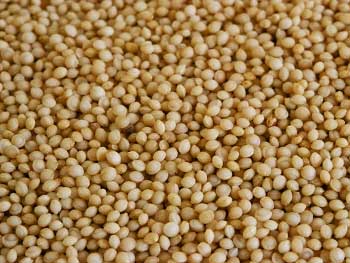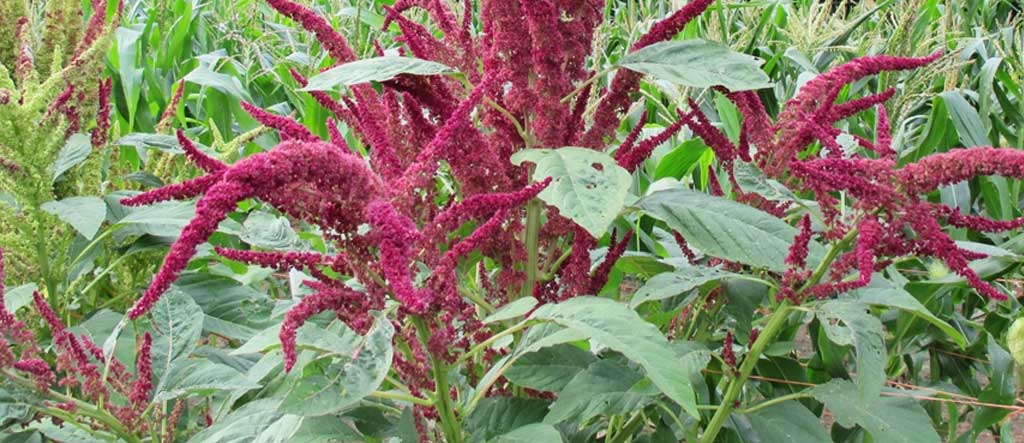
Amaranth is a tiny seed that cooks like a grain, which is why it is referred to as a pseudo-grain. It is higher in fibre than most grains. Similar to buckwheat and quinoa, it is gluten-free and easy to digest. Amaranth is noted for being high in plant protein. Its seeds are 13–15% protein, which is higher than most grains and contains good amounts of two essential amino acids: lysine and methionine.
Lysine and methionine combine to produce carnitine, which is responsible for converting fatty acids into energy.
Carnitine plays an important role in the energy exchange between animal and plant cells, improves the energy supply to the cells in the brain and leads to a higher stress resistance. It also becomes easier to cope with stresses and strains, whether they are physical or mental.¹
Lysine is essential for tissue growth and repair and assists with the absorption of calcium. It contributes to the formation of collagen, which goes into making up bones, cartilage, connective tissues, skin and tendons. If you are prone to cold sores you will definitely want to eat more amaranth.
In tests conducted in the 1950’s Dr. Griffith discovered that lysine halted the growth of the herpes virus, while the amino acid arginine made it grow like crazy.²
Methionine is one of two sulphur-containing amino acids. Sulphur is needed for the formation of cartilage in the joints, making amaranth a good food choice for people suffering from arthritis or in the process of healing damaged tissue.
Methionine is therefore meaningful in three ways: it has anti-inflammatory properties, is a pain-reliever and stimulates the formation of cartilage tissue. … Methionine has a fat-dissolving effect and reduces the depositing of fat in the liver.³
Amaranth is also high in calcium, iron, potassium, phosphorus, zinc, and vitamins A and C.4 It is easy to understand why many refer to amaranth as a superfood. Plant foods high in lysine and methionine are especially important for vegans and vegetarians.
The amaranth protein is among the highest in nutritive quality of vegetable origin and close to those of animal origin products.5
Related posts:
References:
(1) Carnitine. Online article. Available at: http://www.aminoacid-studies.com/amino-acids/carnitine.html (accessed: 09 February 2017)
(2) Carper J. Food Your Miracle Medicine. London. Simon & Schuster Ltd.; 1994. P. 337.
(3) Methionine. Online article. Available at: http://www.aminoacid-studies.com/amino-acids/methionine.html (accessed: 09 February 2017)
(4) Nutritional value. Online article. Available at: http://www.amaranthinstitute.org/?q=amaranth/nutritional-value#.WJy3R3mmnIU (accessed: 09 February 2017)
(5) Bressani, R., De Martell, E.C.M. & De Godínez, C.M. Plant Food Hum Nutr (1993) 43: 123. doi:10.1007/BF01087917. Online article. Available at: http://link.springer.com/article/10.1007%2FBF01087917 (accessed: 09 February 2017)
Full nutritional profile available at: SELFNutritionData

